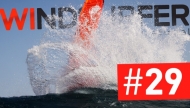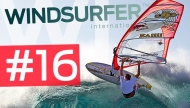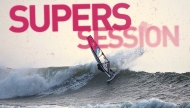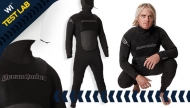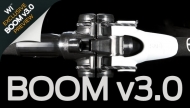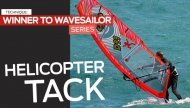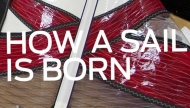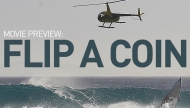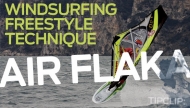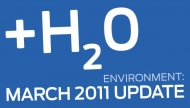Booms 3.0
The Point-7 Ωmega Boom
With built-in Shock Absorption, innovative Italian Rig Brand Point-7 claim to have developed the ‘3rd Generation Windsurfing Boom’. So, if wooden and tie-on booms were stage 1, and clamp systems MkII, then what makes the Ωmega Boom 3.0? Point-7 Head Honcho Andrea Cucchi explains.
Pics Tommy della Frana
So, what’s the concept and how was it born?
It’s all about a ‘headless’ boom - but with a Shock Absorbing Disc Loaded Twist Motion. The head theory gets away from having a tube around the front of the mast and a second section, the clamp, attaching it. There were similar systems tested in the 80s, but technology then prevented on-going success, but the feeling was definitely superior. I guess the ‘ZBoom’s’ head attachment was an example for those that can remember that far back!
READ MORE

